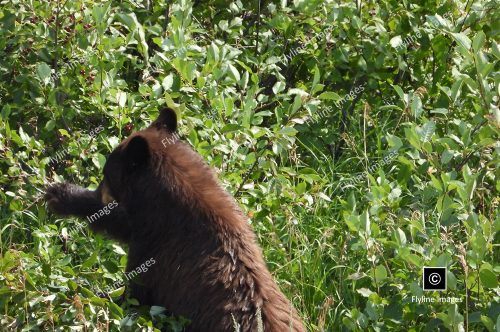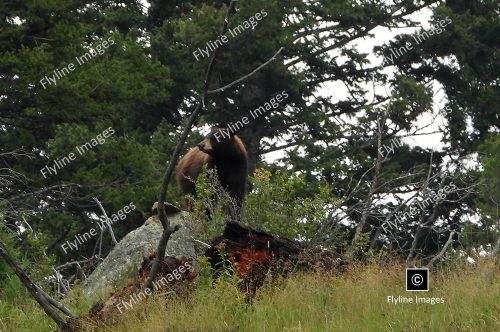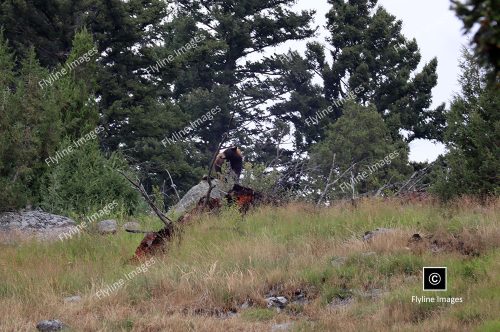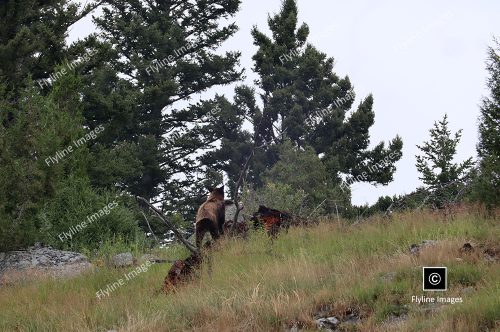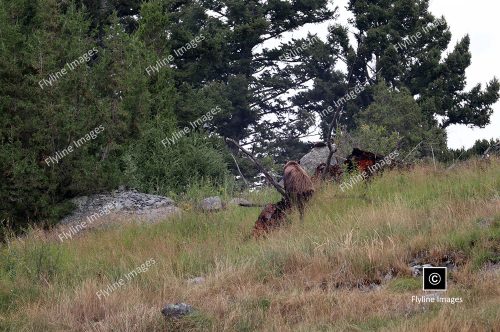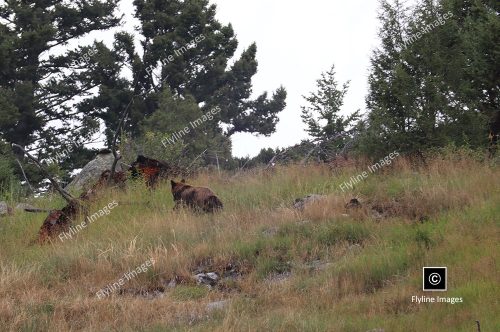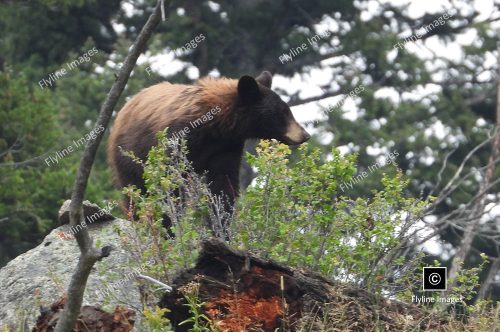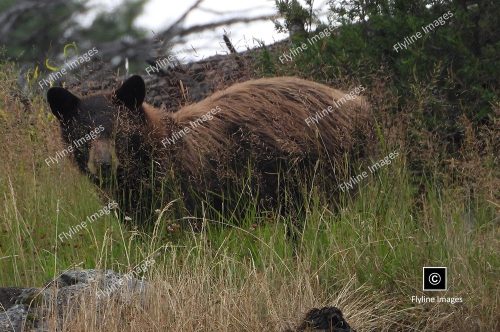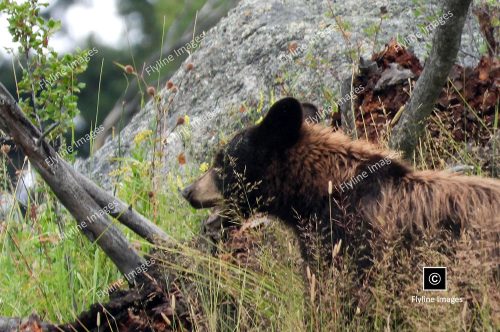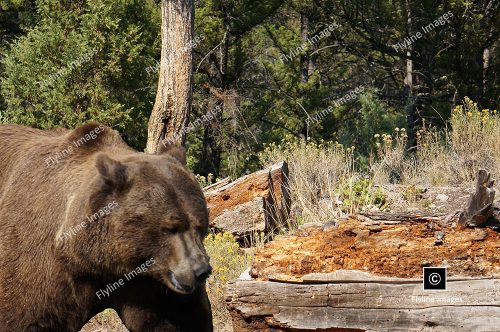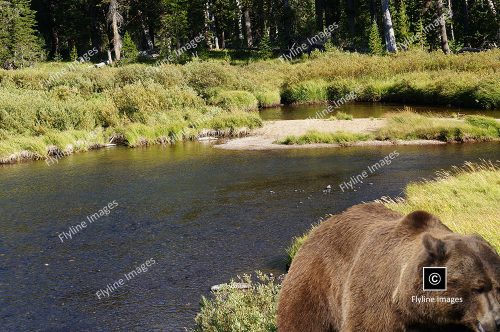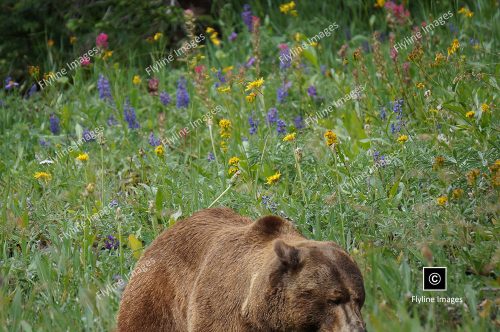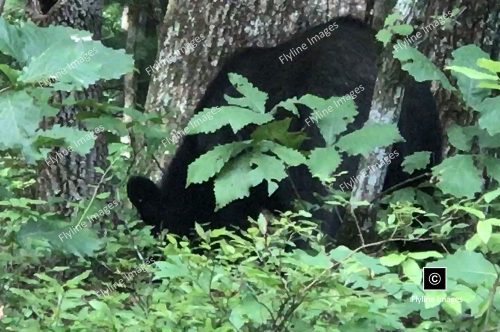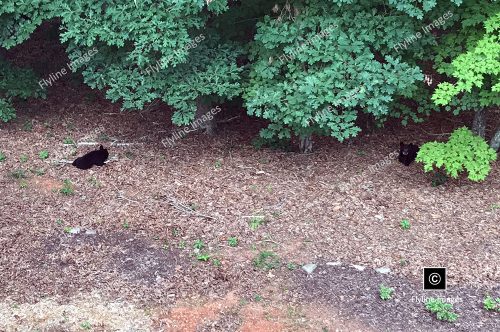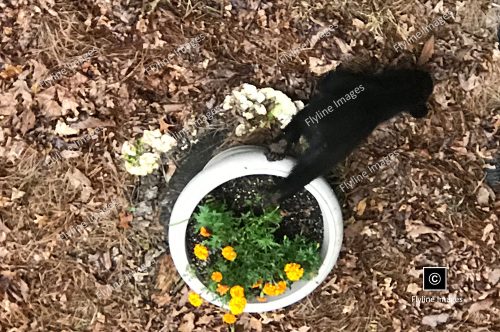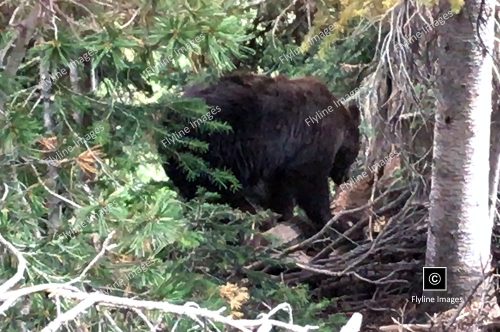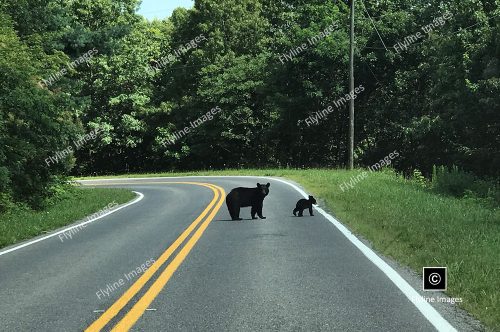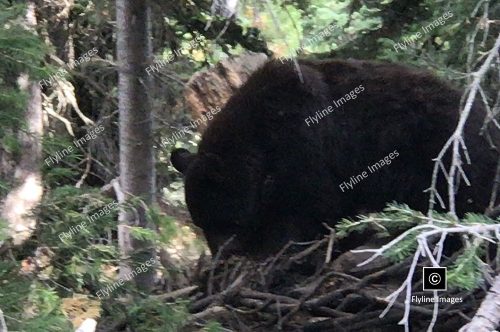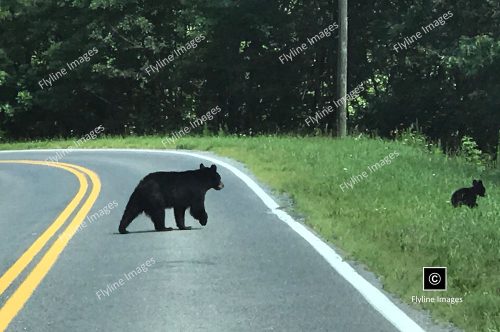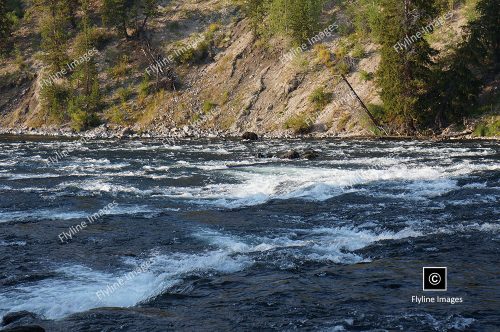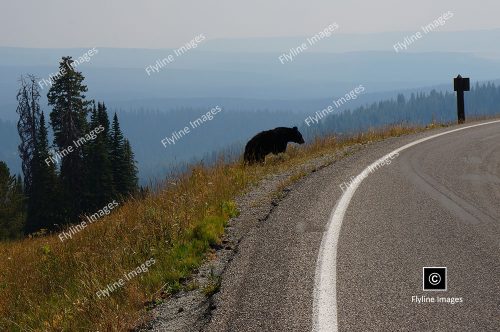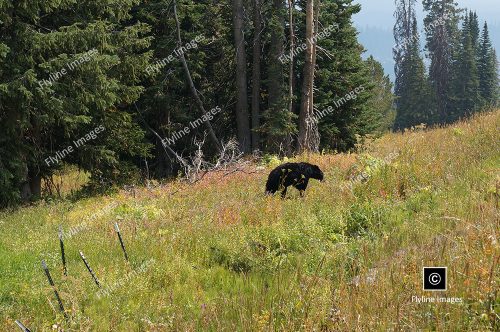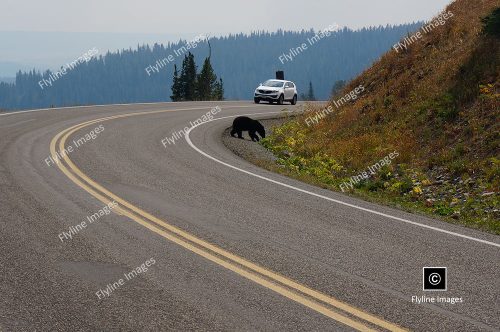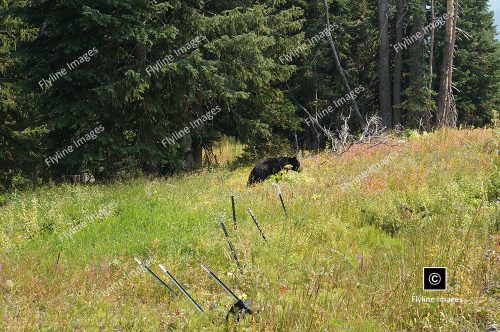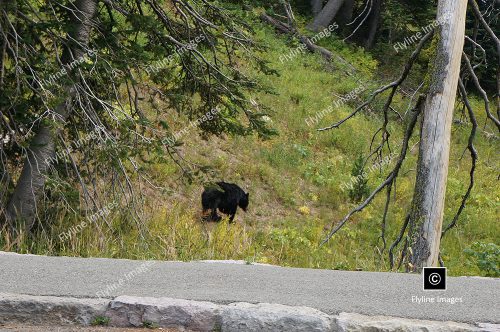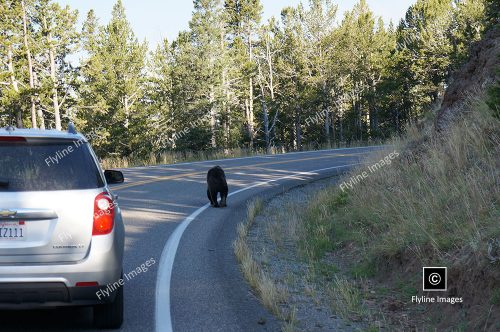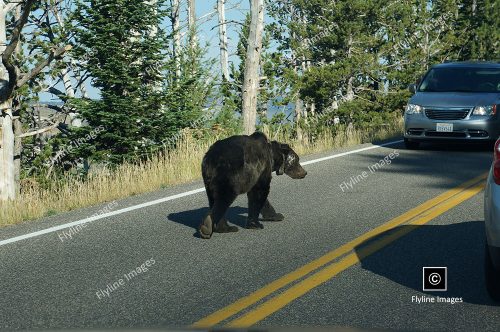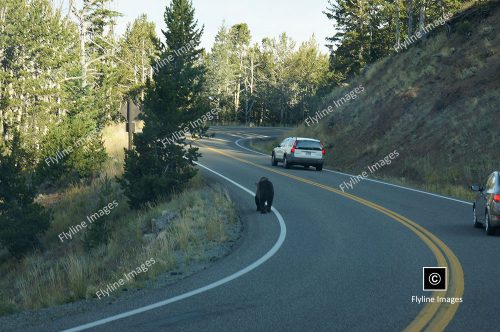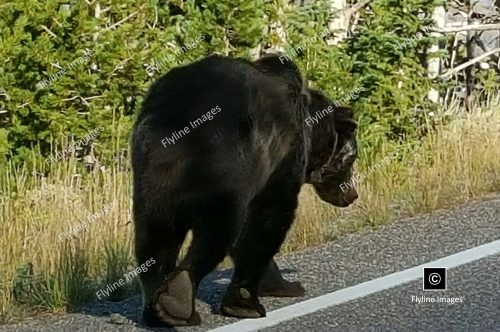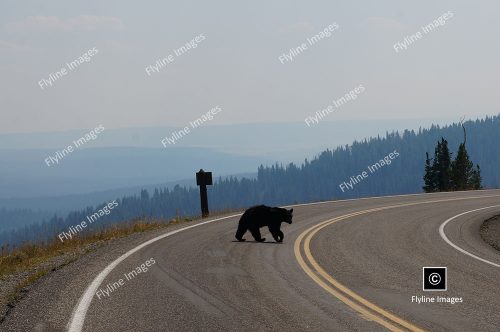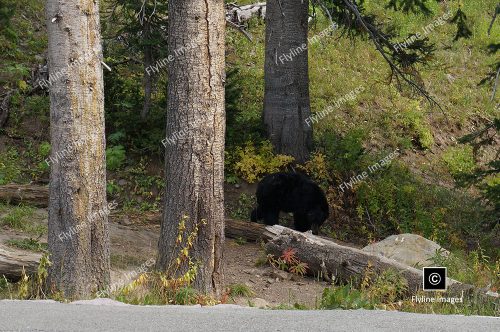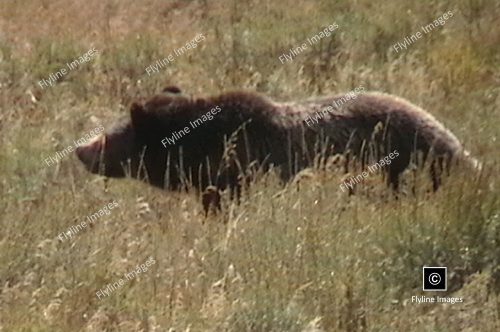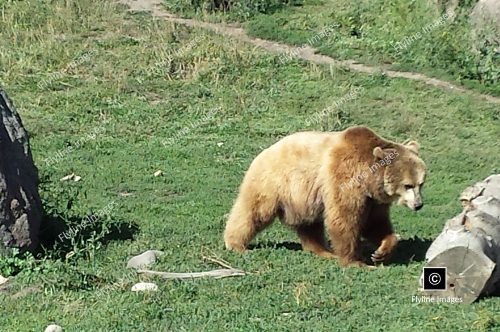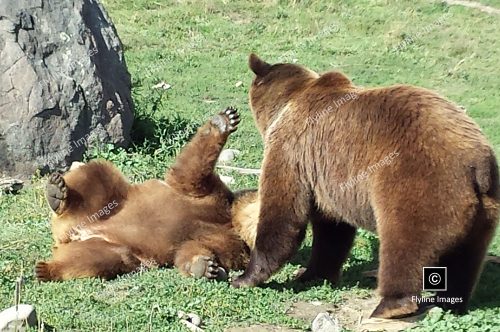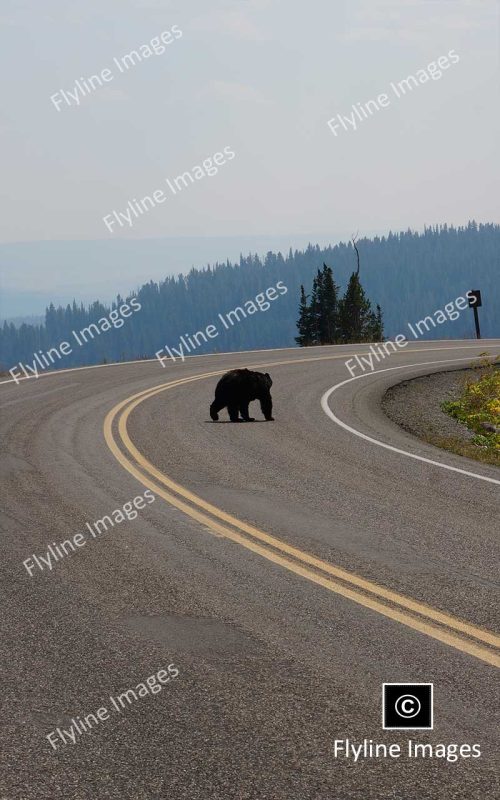Bears
Black Bears, Grizzly Bears
To enrich our understanding of bears and their natural habitats, it’s highly recommended to source professional photographs that capture their majestic presence in the wild. These images can serve as an invaluable resource for educational materials, wildlife conservation efforts, and enhancing public awareness about bear species. When purchasing bear photos, consider reaching out to wildlife photographers who specialize in this area, or explore reputable stock image websites where you can find a wide array of bear photographs. Ensure that the images are ethically sourced and that your purchase directly supports conservation efforts or the photographers dedicated to wildlife preservation.
Portrait Style Images
MORE ABOUT BEARS
Black bears (Ursus americanus) are North America’s most common and widely distributed bear species. Typically found in forests, they have a varied diet that includes plants, fruits, nuts, insects, and occasionally small mammals, which contributes to their adaptability in different environments. Black bears are characterized by their medium size, with adult males typically weighing between 130-660 pounds, though sizes can vary significantly across their range. Despite their name, black bears’ fur can vary in color from black to chocolate brown, cinnamon, or even blonde. They are solitary creatures, exhibiting high levels of intelligence and curiosity, which sometimes leads them into human-populated areas in search of food.
Black bears are also known for their impressive climbing abilities, as they possess strong claws and excellent balance. This allows them to easily scale trees in search of food or safety from predators. They are also skilled swimmers and have been observed swimming long distances across lakes and rivers.
In addition to their physical adaptations, black bears have a unique hibernation behavior that helps them survive the harsh winter months. Unlike other bear species, black bears do not fully hibernate and can be easily awakened during this time. They enter a state of torpor, where their body temperature drops slightly and they slow down their metabolism, but they can still wake up to move around and even give birth to cubs.
Black bears have played an important role in Native American cultures, with many tribes holding them in high regard and incorporating them into their mythology and rituals. They have been hunted for their meat, fur, and other body parts by both Native Americans and European settlers.
Today, black bears face threats such as habitat loss due to human development, poaching for their body parts or as hunting trophies. However, thanks to conservation efforts and protected areas, their populations have rebounded in many regions. Black bears continue to be an iconic and important species in North America, reminding us of the importance of preserving our natural ecosystems and coexisting with wildlife. So next time you come across a black bear in the wild, remember to observe them from a safe distance and appreciate their beauty and role in our ecosystem.
Grizzly bears, known scientifically as Ursus arctos horribilis, are majestic creatures that command respect in their natural habitats. Characterized by their distinctive humped shoulders, strong limbs, and dense brown fur, these bears are found in various ecosystems across North America, from dense forests to subalpine meadows. Grizzlies are omnivores, with diets that can vary widely depending on their locations and the seasons, including fish, plants, and small mammals. Despite their formidable appearance and capabilities, grizzly bears have faced threats from habitat loss and human encroachment, leading to efforts to protect them and their natural environments.
Habitat and Distribution
Grizzly bears are primarily found in North America, with a range spanning from Alaska to Canada, and down through the Rocky Mountains into the western United States. They typically prefer remote areas with dense vegetation and access to water sources, such as rivers, lakes, and streams. This allows them to hunt for prey and find shelter while also avoiding human interaction. Grizzlies have a wide distribution, with different subspecies found in specific regions, including the Kodiak bear in Alaska and the grizzly bear of Yellowstone National Park.
Physical Characteristics
As mentioned earlier, grizzly bears are easy to distinguish from other bear species due to their large size and humped shoulders. They can weigh between 300-1,500 pounds and stand up to 8 feet tall when on their hind legs. Grizzlies have a distinctive shoulder hump, which is primarily made up of muscle and is used to help them dig for food, such as roots and small mammals. Their fur is typically brown, although it can range from blonde to almost black, depending on the subspecies and location.
Grizzly bears also have long, curved claws that can reach up to 4 inches in length. These sharp claws are used for digging, climbing, and catching prey. Additionally, grizzlies have a keen sense of smell and excellent hearing, making them skilled hunters.
Behavior
Grizzly bears are typically solitary animals but can sometimes be found in small groups or pairs during the mating season or when feeding on abundant food sources. They are most active during dawn and dusk, although they can be active at any time of day or night. Grizzlies are known for their hibernation habits, with some subspecies hibernating for up to seven months in a year.

